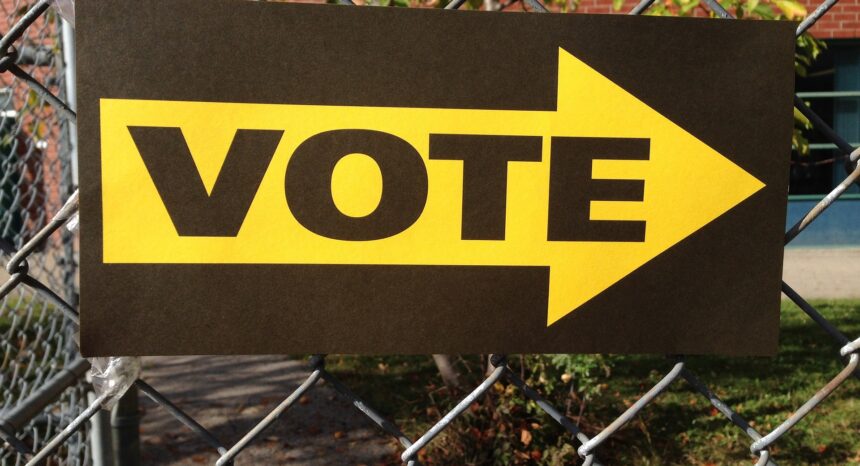For more than a half-century, social scientists have been exploring and debating the idea of “racial threat,” in which white citizens adopt more racist attitudes, and support more racially biased policies, as their perceived dominance becomes “threatened” by the growth of African-American or other minority populations in or near white communities.
This important area of empirical study was inaugurated in 1949, with the publication of scholar V.O. Key’s Southern Politics in State and Nation. Key found that in counties with more African-American residents, white voters turned out in higher numbers and voted more conservatively. Most of the subsequent analysis of the racial-threat hypothesis has produced divergent and inconclusive findings, and the available data often do not have a clear “before” and “after,” or “treatment” versus “control” delineation.
Questions about racially divided communities are all the more salient as the United States moves closer to becoming a “majority-minority” nation, and as immigrants move into suburbs and even rural areas, testing how intergroup contacts may play out. In a 2015 study published in the American Journal of Political Science, “What the Demolition of Public Housing Teaches Us About the Impact of Racial Threat on Political Behavior,” Ryan D. Enos of Harvard examines the outcomes for the surrounding community when, around 2000, Chicago demolished 12 large public housing projects, displacing roughly 25,000 people, 97% of whom were African-American. Several demolished projects had been situated next to predominantly white neighborhoods. This led to a major demographic shift in these areas.
This event, Enos writes, constitutes a “rare event in which context is changed abruptly and exogenously.” Enos compares white voter turnout and voting choices before and after the demolitions and subsequent removal of nearby African-American communities. The study differs from previous research in two key ways: First, it uses individual geocoded data from different points in time to address any potential problems with selecting arbitrary geographical units (such as Census tracts). Second, it measures responses to the removal of a threatening group or “outgroup,” rather than measuring differences in the presence of the outgroup or a sudden increase in the presence of the outgroup.
The study’s findings about voter participation include:
- Removal of African-American neighbors appears to have decreased white voter turnout by 15% in 2004 among those who had voted in 2000 and who had lived in areas close to or next to the demolished projects. This effect was evident even among those who lived as far as 500 meters away from the projects.
- After the large housing projects were demolished, white voters living nearby had lower rates of voting participation than whites living near smaller housing projects, indicating that white voters’ perception of racial threat and motivation to vote because of that threat was much stronger if the voter lived near a large project.
To estimate the effect of proximity to racial outgroup on voter choices — how liberally or conservatively white people vote — Enos estimated the votes for Republican presidential candidates at the precinct level among white and black voters from 1996 to 2008. He then took the precincts within 1,000 meters of the demolished projects and used Census income data for whites and blacks to match each precinct with a similar precinct more than 1,000 meters away. He separated them so that there are treatment and control groups for both blacks and whites.
The study’s findings about voter choice include:
- In 1996 and 2000, white voters were more likely to vote for racially conservative Republican candidates if they lived closer to the projects, as opposed to white voters living farther away.
- This difference diminished across elections in 2004 (after the demolitions) and again in 2008; by 2008, there was no difference in voting choices across white voters.
- Enos concludes from this that the racial threat from their African-American neighbors was compelling voters living near the projects to vote for more conservative candidates, but that when that threat dissipated, they voted less conservatively.
Enos cautions that the study does not indicate how white voters would have reacted had they and their African-American neighbors lived in more meaningfully integrated communities. Thus, it does not suggest that all proximity necessarily produces perceptions of racial threat. However, the study does speak to an outstanding question in the research literature about the stability of racial attitudes: Are they a strongly fixed product of early socialization, or are they more mutable and fluid over time? Ultimately, the study data suggest that “intervention in the residents’ racial context caused a significant change in their voting behavior, indicating that racial threat likely arises from attitude change rather than the selection of individuals into contexts. Additionally, the strength of the effect decreased with distance from the project and increased with the size of the outgroup. The estimated effect of racial threat, over 10 percentage points, is substantively large in many elections.”
Related research: Jackelyn Hwang and Robert Sampson of Harvard University examine the determinants of neighborhood gentrification and its impacts on urban racial segregation in “Divergent Pathways of Gentrification: Racial Inequality and the Social Order of Renewal in Chicago Neighborhoods,” published in American Sociological Review in 2014. They find that gentrification has been problematic for low-income communities in the U.S., and that it usually further isolates blacks and Latinos from surrounding communities and economic activity. The overall body of research literature on gentrification contains ample nuance and qualification, depending on community context.
Keywords: race, African-American, gentrification


Expert Commentary